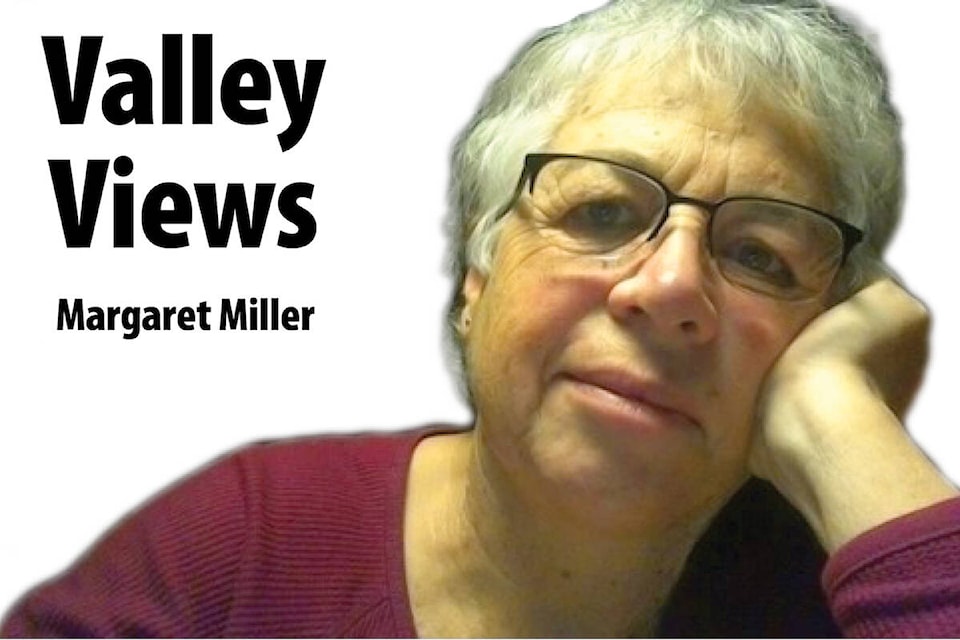By Margaret Miller, a longtime Creston Valley resident
I was in the mood for a soak in the tub recently, so plugged the bath and turned on the tap. Clean water gushed from the faucet, pumped from the water table that sits about 100 metres below my home.
I try not to take this ample water supply for granted, knowing there are many in our world – both near and far – without an adequate supply of year-round freshwater. I am fortunate to own a rural property that sits above what is presently a healthy aquifer, fortunate to be able to afford a safe and modern well with a quality pump and water lines. I appreciate the technology that allows me to tap into the liquid treasure under my home.
Not everyone is so lucky. Our world faces increasingly serious water shortages. From Africa’s sub-Sahara to large Asian cities, from Canadian indigenous communities to the state of Arizona, people are struggling to access adequate supplies of freshwater. Changing climate patterns, inadequate infrastructures and the growth of mega-cities contribute to the problem. World Vision statistics reveal that, worldwide, one in ten people lacks adequate safe water and on average a rural African woman must walk six kilometres every day to collect eighteen kilograms of it.
Yes, many are not so lucky.
When I was a child in small town Australia, my family of eight relied on rainwater for domestic use. Two large metal tanks stood at one end of our house and the three metre platform supporting them featured in some of our kid games: a covered wagon, a climbing gym, a target for ball tossing games. During dry spells, my father monitored our water supply, tapping the sides of the tanks with a long dowel. The change in pitch, he explained, indicated the water level. Like our neighbours, we had an outhouse and our bath water was often shared by multiple kids, so our 1960s water consumption wasn’t extravagant.
After my move to Canada in the 1980s, I lived in a cabin on Moberly Lake without running water. The small cabin had no taps, no hot water tank, no shower or flushing toilet. My husband and I relied on water pumped about every six weeks from the lake to a tank in the mud room, cutting a hole in the lake ice with a chain saw to do so in winter. We bathed in a claw-foot tub, adding water with a hose from the tank and heating it with an immersion heater designed to prevent livestock water from freezing.
As a young woman I was up for adventure, so the notion of pumping, storing, drinking, and bathing in soft lake water was perfectly fine. Trotting to the outhouse was sometimes annoying, but I appreciated living in a country with twenty per cent of the world’s freshwater and ready access to unspoiled lakes, rivers, and streams.
Too many people in our world struggle with water shortages and intelligent responses are needed. Problems are best tackled with reliable information. As water consumers, we shouldn’t ignore global, national, or local water worries. Ideally, we should know the source of the water that flows from our taps and lobby government agencies to monitor and protect freshwater sources. We should respect the informed views of scientists and environmentalists and avoid water pollution and waste. We should graciously accept mandated water restrictions and abandon the foolish notions that summer lawns should be green and golf courses in drier landscapes should be grassy.
Science and technology and new behaviours can help. Treatment plants for DPR - direct potable reuse – the micro-filtration of treated wastewater. Saltwater desalination. More efficient irrigation. The transition to drought resistant crops or those demanding less water. Domestic grey water reuse. Re-thinking large-scale water extraction and bottling plants. Rainwater collection. Timers and storage tanks.
When it comes to the demand for safe clean water, in the words of the 1992 song from Disney’s Aladdin, it’s “a whole new world… with new horizons to pursue”. I can only hope scientists, governments, business leaders, and consumers co-operate to create a little Aladdin style water-conservation magic.
Meanwhile, I’ll continue to give thanks for the clean, delicious water drawn deep from the earth below my home.
READ MORE: Valley Views: Starry Nights
